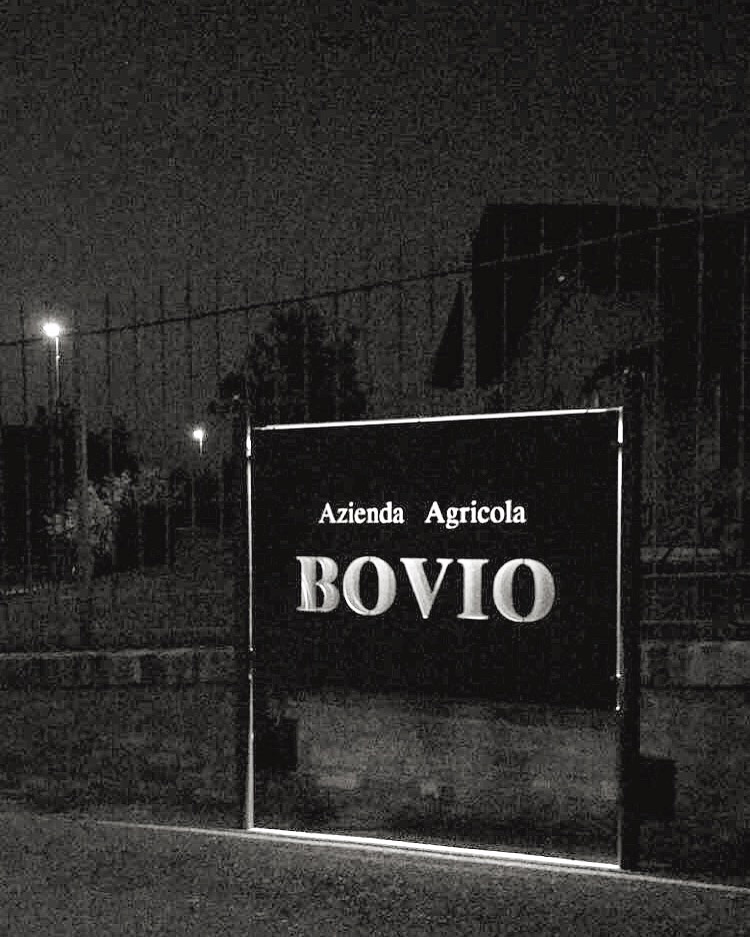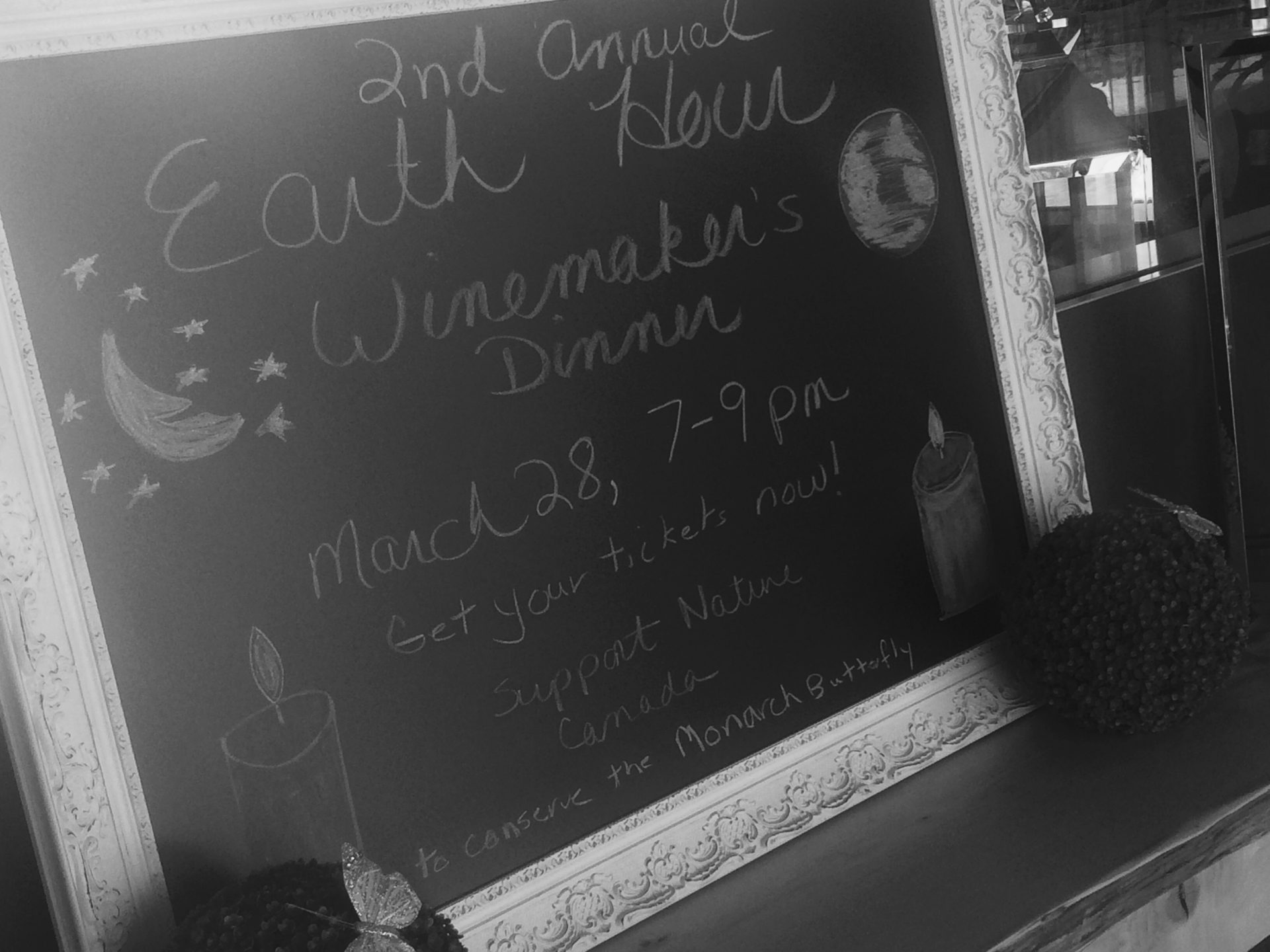Two years ago I attended a dinner that changed my perception of what a wine event could be (read my account of that here).
Needless to say, I was pumped when I received the invitation to attend again, hosted by the Consorzio Tutela Vini d’Abruzzo. I sat down in the upstairs parlour of Oretta on King St, prepared my notes, and once again got completely lost in the trance of good food, wine, and company.
And Oretta really went all out:
- Salad of citrus, fennel, and chili.
- Ravioli of ricotta and spinach, with fresh truffle and mushrooms.
- Octopus Polpo, with salsa alla mantovana, potato and shishito.
- Striploin with heirloom tomato, chili and herbs.
- Classic Tiramisu.
- The Kiwis from Greece return again. I shoved 3 of these in my backpack on the way out..
It’s genius to format a tasting like this, to sit everyone down at a table, serve great food, and present their wines as they should be drunk; at the table.
The trifecta of value, quality, and versatility is the great strength of Abruzzian wine, in my eyes, something that is becoming increasingly hard to find. Sommelier Kler-Yann Bouteiller, who led our tasting, said “When I can’t decide what to grab from my cellar, I grab Abruzzo.” And he’s right, the wines are generally so approachable and unpretentious, its a no-brainer to keep a few on hand for any occasion.
I don’t understand why some producers seem to think making a friendly wine means making something low quality. Abruzzo gets it. Abruzzo has long been associated with its working-class past, and while wealth in the region has increased since many decades ago, the winemaking traditions still reflect the history. Abruzzo now, with 34,000 hectares, 250 wineries, and about $330M in turnover a year, is a giant of Italian winemaking.
We romanticize tiny, small yield producers operating on the fringes of whats possible for viticulture, but there is nothing wrong with making wines at a greater scale if they maintain quality and integrity. If they have the climate and conditions to produce high yields, why shouldn’t they? Isn’t this terroir?

Speaking of terroir, Abruzzo’s relation to the Adriatic Sea means there’s a lot of fishing influence in its food. We associate Abruzzo with its red wines, but its whites and rosés, to me, define the region. In fact we were served mostly whites at this tasting, and rightfully so. The two most notable are Trebbiano, and Pecorino (AND Passerina if you ask me), but I’d like to focus on Pecorino for the sake of this article’s length.
Pecorino is a fascinating variety, once nearly extinct. It expresses some particular green vegetative notes one might expect from a Sauvignon Blanc, but comes off a bit more herbal and minty. Its potential for ripeness makes wines that tend to be a lot fuller (a common theme for many indigenous Abruzzo varieties), even in the lighter cases. What I didn’t know about it was the range of wines it can produce.

Just note the colour difference between the two Pecorino wines.
The first of our wines, Vignavolando “Volo” Pecorino IGT Terre di Chieti 2023, was Pecorino as I know it: citrus driven, slightly vegetative, crisp, and saline. Very classic. $32.95
(This wine is represented by Con-Nois-Seur, check it out).
![]()
(3 out of a possible 5 apples)
The second wine, Pesolillo Pecorino Superiore 2022, was more subtle, tertiary and rounded, with notes of dandelion, lemon curd, and sweet hay. Delicious. $21.95
(This wine is represented by Vinologie, but is also LCBO available at the moment in a few physical stores, check it out.)
![]()
(4 out of a possible 5 apples)
Each of these wines can satisfy an entirely different kind of wine drinker, and they accomplish this without straining the natural inclination of Pecorino. It’s dawned on me that I’d also never tasted Pecorino with some bottle age. I would go as far to say that I prefer this more subtle and aged style, it was by far more compelling than any other Pecorino I’ve tasted to date, and Pecorino’s natural disposition for both high alcohol and high acid make it an excellent candidate for cellaring. Consider me a newfound fan, winemakers of Pecorino. Just don’t go throwing your wines in a bunch of oak, alright? I’ll tolerate Acacia barrels but no step further.
Now I really want to talk about Cerasuolo. Deeply-coloured Rosés made from 100% Montepulciano grapes, full of character and life, Cerasuolo invokes a lot of the same adoration I hold for wines like Tavel. Rosé is often touted as a wine that can pair with [almost] anything, and I agree. In Abruzzo, where the fruits of the Adriatic coasts meet the hearty fare of central Italy, Cerasuolo is the answer. You know when you go out, and half the table wants fish and half the table wants steak? Cerasuolo may be just what you require.

The 2023 Velenosi Prope Cerasuolo d’Abruzzo, was charmingly aromatic, juicy and mid-bodied, with intense notes of peach, Special-K freeze dried strawberries, and savoury herbs. This wine is expected to be available in Ontario in the coming future, but the quality of Cerasuolo is generally excellent for the price, so scoop up any you can find.
![]()
(3.5 apples out of a possible 5)

Finally, Montepulciano d’Abruzzo, the red wine certainly most synonymous with the region, cannot be left unmentioned. In particular, the Gioia Del Sole Montepulciano d’Abruzzo “Bella Addormentata” 2023 was a pleasant standout from other Montepulciano d’Abruzzo’s I’ve had in the past. The wine is youthful, and packed with dusty black and red fruit, cedar, sweet tobacco, and dark chocolate. Clocking in at 13.5% (modest for Montepulciano), with moderate tannins, and some great supportive acid to boot, this is a solid package. Drinks great now but will be even more integrated in 5 or so years. This wine is also not available now but is expected to arrive in the near future.
![]()
(3.5 apples out of a possible 5)
So there you are, four wines that don’t need to sacrifice quality for value and drinkability. I think I’ll close this article the same way I closed the last one.
Remember, this kind of joyous experience, is what its all about. So often we get preoccupied with the clinical and stoic aspects of wine, one forgets the joy that is wine. Joy is the reason to love wine, it is wines very purpose. It seems obvious to say, but the wines of Abruzzo are made to be drunk. Not to be traded by auctioneers, and hid behind shatter-proof glass with quadruple digit price tags. To be joyously ripped open, poured forth and drunk! Cheers!














